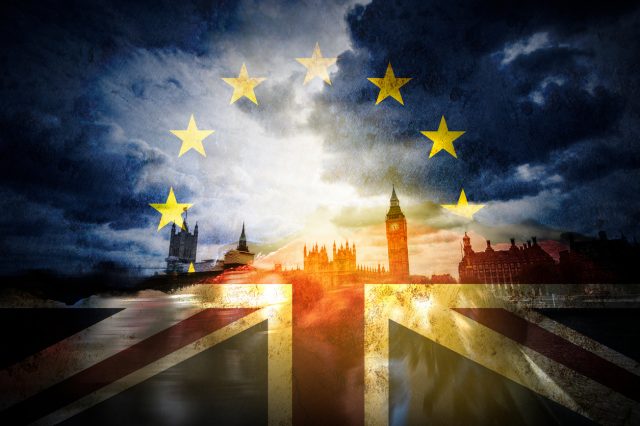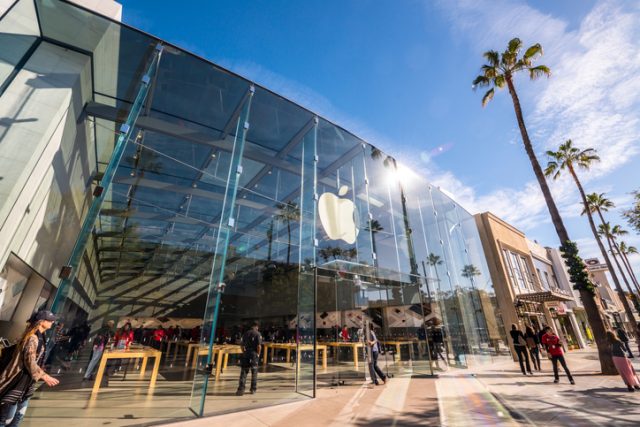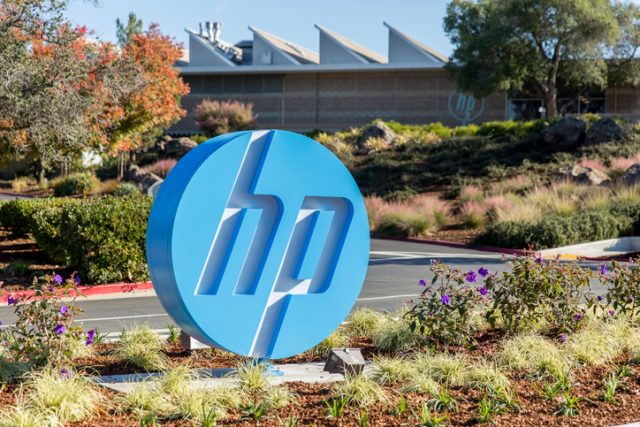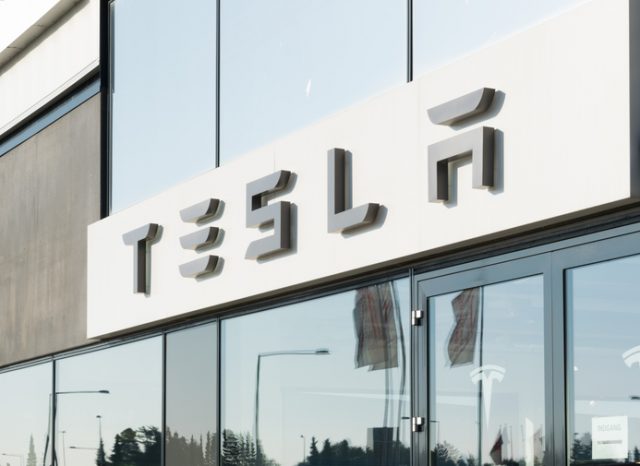Promote Your Business Successfully With Powerful Visual Content on Instagram!
When it comes to promotion and advertisement of the products of your business, you will find that Instagram is one of the most widelysought after platforms for your business. Now when it comes to the use of Instagram when it comes to the promotion and the marketing of your business, the first thing that you need ready is a good set of videos and photos. When it comes to the creation of business videos and pictures for your business, it is not necessary for them to be professionally made. They must be clear and have high resolution.
Effective use of hashtags
When it comes to Instagram, you will find that businesses use many hashtags and so it is essential for you to use them as well. You should be careful when you are choosing hashtags as you must match the visual content to the hashtags that you want. At the same time, you should ensure that the hashtags are not too many. Use 4 to 5 hashtags to the maximum. One of the leading growing hashtags last number were around private number plates, it gained a huge following of people interested in weird and wonderful personalised plates.
If you take a look at Instagram today, you will find that it is predominantly an app that has been designed for mobile users. It means you can upload photos and videos when you are on the move. This makes it simple and easy for you to upload the pictures and videos when you travel. In fact, you can also keep track of the comments and the feedback of your followers. You can increase Like4Like when you immediately respond to your customer queries and feedback. Remember when you wish to strike a chord with the customer it is crucial for you to always keep in touch with them. Instagram helps you to do it proactively with success!
The power of storytelling for business
There is also another plus point that you get with Instagram, and that is storytelling. You can efficiently connect with the targeted audience and promote your brand with amazing real-life stories. You can also use real-life people to advertise your products on the platform. It goes a very long way in promoting your brand and striking a proper chord with the audience. When it comes to Instagram, users often check out pictures and with the right ones you can pass on powerful messages that words would hardly be enough to say!
Remember when you are posting videos and images on Instagram, it is imperative for you to add captions. The captions should be captivating and hold the attention of the audience. Match the caption to the picture as this will help you in a significant way to connect with the audience and gain a huge fan following in the process.
Instagram is a simple platform, and it is visual content that speaks volumes here. If you are a business owner and still are not registered on Instagram, get on the social media platform today and reap the benefits of sound business profits and consistent, targeted traffic with success.



















